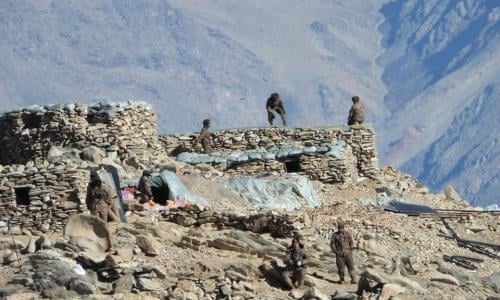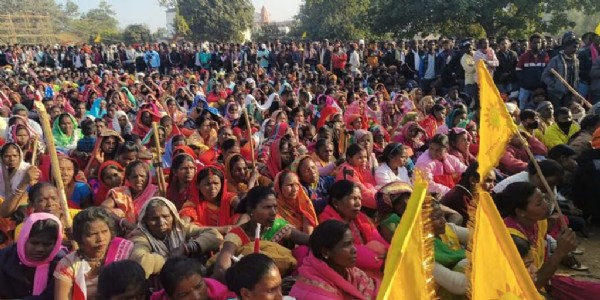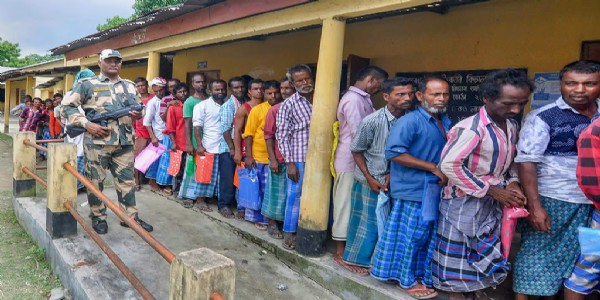What is the significance of Tawang to India and China?
India and China once again clashed in Arunachal Pradesh’s Yangtse area of Tawang on 9 December.
Total Views | 340
Beijing has been dreaming to stake a claim on Arunachal Pradesh and considers Tawang as part of southern Tibet. Interestingly, during the 1962 war, China had taken control over vast swathes of this territory but then pulled back as it falls under the McMohan line. Since then, China has had its eyes on Indian territory at Tawang.

Location
In Arunachal Pradesh, Tawang is situated 448 km northwest of Itanagar and is roughly 16 km away south of the Line of Actual Control with China. Speaking of Yangtse (A point where clash took place on December 9. This part of the LAC is one of the “agreed disputed areas” between the two sides), it is one of the 25 contested areas along the 3,488-km LAC. This 17,000 ft peak, in the firm control of India currently, provides a commandeering view on both sides of the border.
Importance of Tawang
Tawang is strategically as well as culturally significant to China.
Before we take a look at the strategic importance of Tawang, here’s why it is culturally significant to China. Tawang houses the Tawang monastery, which is the second largest Tibetan Buddhist monastery in the world only after the Potala Palace. China feels this part of land completes the whole of Tibet in order to aim for other northeastern states of India.

It is pertinent to mention that the Tawang monastery is where the present Dalai Lama stayed for weeks after escaping China in 1959. Hence, from China’s perspective, it becomes an important site in the history of Tibetan resistance to Chinese aggression. If Tibet was to rise up against China, Tawang would, as a report in The Diplomat stated, emerge as an important centre of resistance.
Besides the cultural aspects, Tawang also holds tactical/strategic importance for China. The town provides a strategic entry into India’s northeastern region as said above. To the north of Tawang lies the important Bum La Pass, which is a border pass between India’s Tawang district and the Chinese-occupied Tibet Autonomous Region (TAR). Notably, it was this pass that the Chinese troops used to invade India in 1962.
For China, Tawang implies the whole of Arunachal Pradesh. If India wished to attack China, Arunachal would be the closest location for India to deploy its missiles from. Additionally, experts suggest Arunachal is the best location for India to provide multi-layered air defence deployments for possible attacks from China. Apart from this, defending India from China at those heights gives an edge to New Delhi.
Arunachal Pradesh or Tawang is of vital strategic importance for the territorial integrity and defence of India’s North East states and should be non-negotiable.
Bharati Web
Mes, Pune







